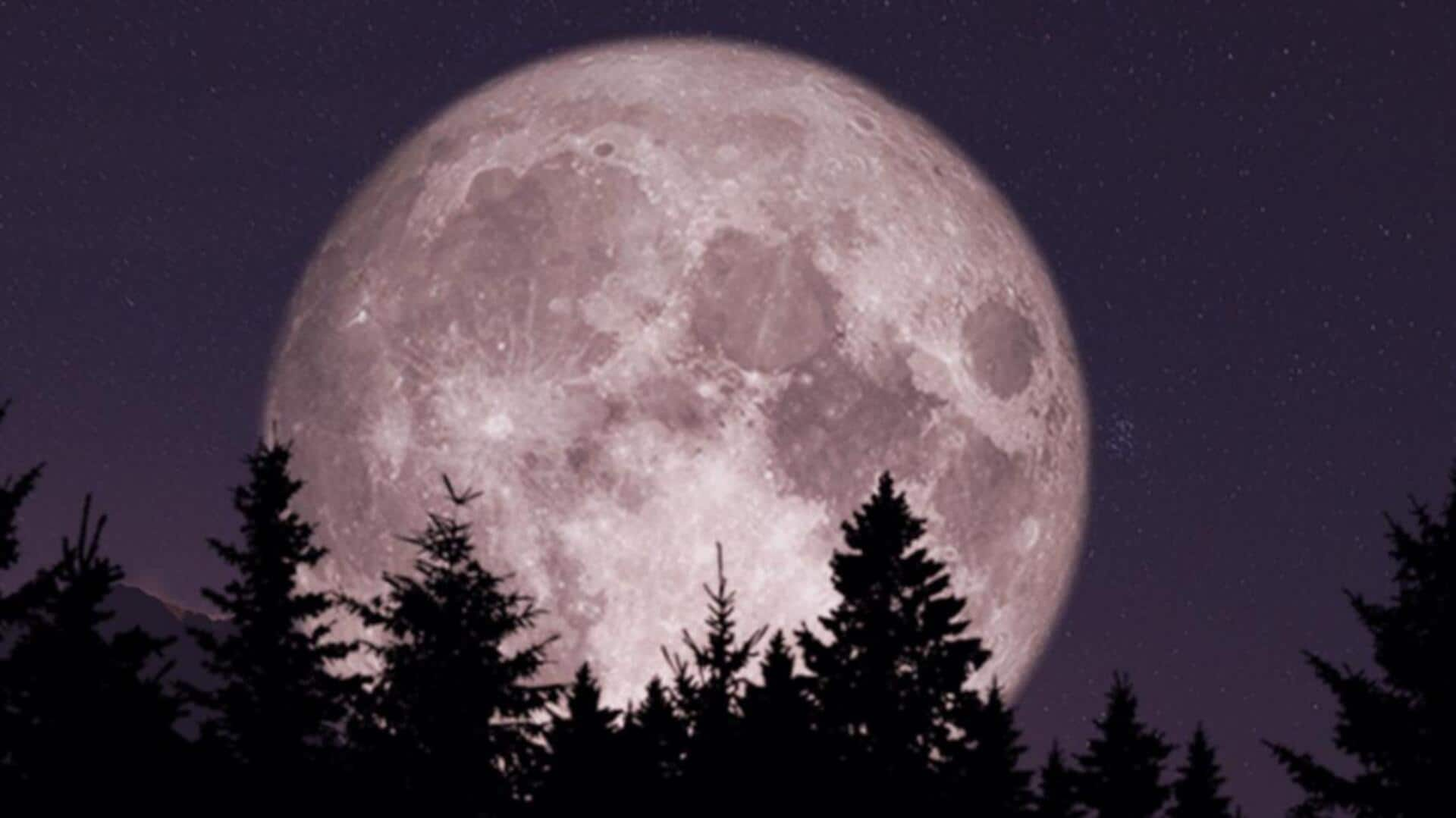
Harvest Moon: Last supermoon of 2023 rises tonight
What's the story
Get ready, sky-watchers! The last supermoon of 2023, called the full Harvest Moon, will light up the night sky today. This year has been packed with four back-to-back supermoons, starting in July, followed by two in August, and now wrapping up with this one in September. Supermoons happen when the Moon is closest to Earth in its orbit, making it look larger and brighter than a regular full moon.
Details
The significance of the Harvest Moon
The Harvest Moon gets its name in the northern hemisphere because it's close to the September equinox. Back in the day, this bright supermoon helped farmers work into the night, harvesting their crops before winter set in. September's full moon will appear 5% bigger and 13% brighter than the average full moon, per NASA. Today, the Moon will lie 361,867km away from Earth. The closest supermoon of 2023 occurred on August 30, when the Moon was 357,200km away.
Insights
Other planets visible in the night sky and viewing tips
To get the best view, find a spot away from bright lights and, hopefully, there's not too much cloud cover. The supermoon looks bigger when it's near the horizon as it rises or sets. Besides the Harvest Moon, there are several planets visible in the night sky. Saturn and Jupiter can be spotted as it gets darker, while Venus shines brightly before dawn. You can use skywatching apps like Stellarium to track the planets' visibility from your location.
Facts
Upcoming full moons and meteor showers
As for the rest of 2023, we've got the Hunter's Moon on October 28, the Beaver Moon on November 27, and the Cold Moon on December 26. Plus, several meteor showers are set to peak in the coming weeks, like the Draconids on October 8, Orionids on October 20-21, and the Northern Taurids on November 11-12. The annual solar eclipse falls on October 14. These events offer even more chances for skywatchers to enjoy the wonders of the cosmos.